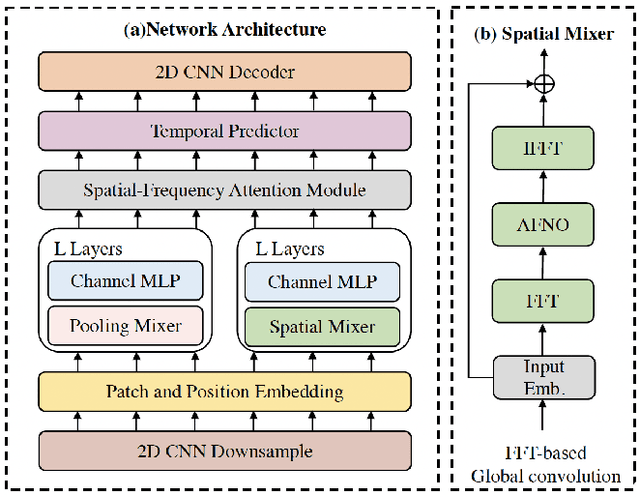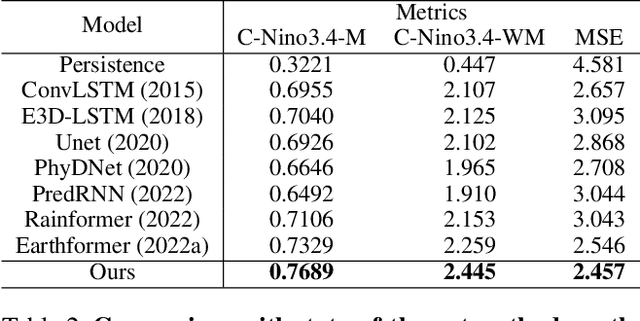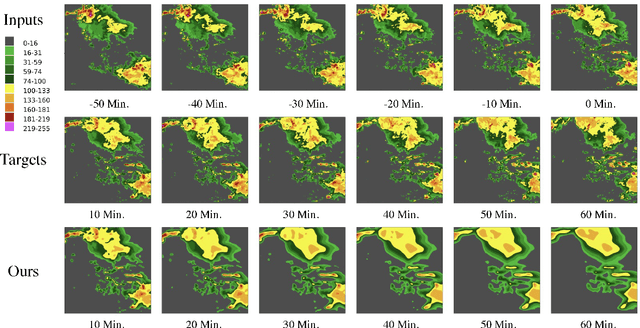Hongcan Xu
SFANet: Spatial-Frequency Attention Network for Weather Forecasting
May 29, 2024



Abstract:Weather forecasting plays a critical role in various sectors, driving decision-making and risk management. However, traditional methods often struggle to capture the complex dynamics of meteorological systems, particularly in the presence of high-resolution data. In this paper, we propose the Spatial-Frequency Attention Network (SFANet), a novel deep learning framework designed to address these challenges and enhance the accuracy of spatiotemporal weather prediction. Drawing inspiration from the limitations of existing methodologies, we present an innovative approach that seamlessly integrates advanced token mixing and attention mechanisms. By leveraging both pooling and spatial mixing strategies, SFANet optimizes the processing of high-dimensional spatiotemporal sequences, preserving inter-component relational information and modeling extensive long-range relationships. To further enhance feature integration, we introduce a novel spatial-frequency attention module, enabling the model to capture intricate cross-modal correlations. Our extensive experimental evaluation on two distinct datasets, the Storm EVent ImageRy (SEVIR) and the Institute for Climate and Application Research (ICAR) - El Ni\~{n}o Southern Oscillation (ENSO) dataset, demonstrates the remarkable performance of SFANet. Notably, SFANet achieves substantial advancements over state-of-the-art methods, showcasing its proficiency in forecasting precipitation patterns and predicting El Ni\~{n}o events.
 Add to Chrome
Add to Chrome Add to Firefox
Add to Firefox Add to Edge
Add to Edge